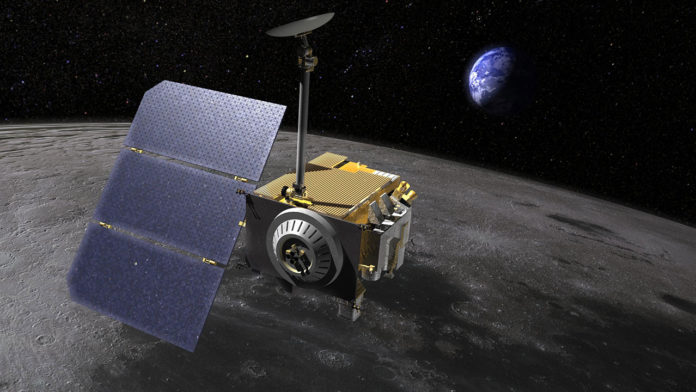The Lunar Reconnaissance Orbiter (LRO) is a spacecraft that has been studying the Moon from its orbit since 2009. One reason engineers placed the reflector on LRO was to serve as a pristine target to help test the reflecting power of panels left on the Moon’s surface about 50 years ago.
Since LRO arrived in orbit, scientists immediately started firing lasers at a small reflector on it, which has a size of a paperback novel.
In collaboration with their French colleagues, NASA announced that they received a signal back for the first time. For the first time, the laser beams have been successfully reflected Earth from a lunar orbiter. The result could enhance laser experiments used to study the physics of the universe.
Erwan Mazarico, a planetary scientist from NASA’s Goddard Space Flight Center in Greenbelt, Maryland, said, “Laser-ranging science is a long game.”
Why laser reflectors?
Laser reflectors can help scientists determine new things. By measuring how long it takes laser light to bounce back — about 2.5 seconds on average — researchers can calculate the distance between Earth laser stations and Moon reflectors down to less than an inch or a few millimeters.
It can paint a picture of how the Moon moves around. And these measurements are why we know the Moon is slowly moving away from Earth at a rate of about 3.8 centimeters (1.5 inches) per year.
Such measurements over a long period and across several reflectors have revealed that the Moon has a fluid core.
In other words, distance measurements can tell us a lot.
Xiaoli Sun, a Goddard planetary scientist who helped design LRO’s reflector, said, “To learn more, we first need to know the distance between Earth stations and the Moon reflectors accuracy than the current few millimeters. The precision of this one measurement can help understand the gravity and the evolution of the solar system.”
“Getting more photons to the Moon and back and better accounting for ones that are lost because of dust, for instance, are a couple of ways to help improve precision. But it’s a herculean task.”
LRO’s reflector is even more challenging: it is a 10th the size of the smaller Apollo 11 and 14 panels, with only 12 corner cube mirrors. It’s also attached to a fast-moving target the size of a compact car that’s 70 times farther away from us than Miami is from Seattle. Weather at the laser station impacts the light signal, too, as does the Sun, Moon, and Earth’s alignment.
That is the reason, despite several attempts over the last decade, NASA Goddard scientists had been unable to reach LRO’s reflector until they collaborated with French scientists.
Géoazur team at the Université Côte d’Azur for a laser station in Grasse, France, has developed an advanced technology that can pulse an infrared wavelength of light at LRO. One benefit of using infrared light is that it penetrates Earth’s atmosphere better than the visible green wavelength of light that scientists have traditionally used.
But even with infrared light, the Grasse telescope received only about 200 photons back out of tens of thousands of pulses cast at LRO during a few dates in 2018 and 2019.
Scientists noted, “This experiment provides a new method of verifying dust accumulation theories over decades on the lunar surface.”
“It also showed that the use of similar arrays onboard future lunar landers and orbiters can support LLR lunar science goals, particularly with landing sites near the lunar limbs and poles, which would have better sensitivity to lunar orientation.”
Journal Reference:
- Mazarico, E., Sun, X., Torre, J. et al. First two-way laser ranging to a lunar orbiter: infrared observations from the Grasse station to LRO’s retro-reflector array. Earth Planets Space 72, 113 (2020). DOI: 10.1186/s40623-020-01243-w
